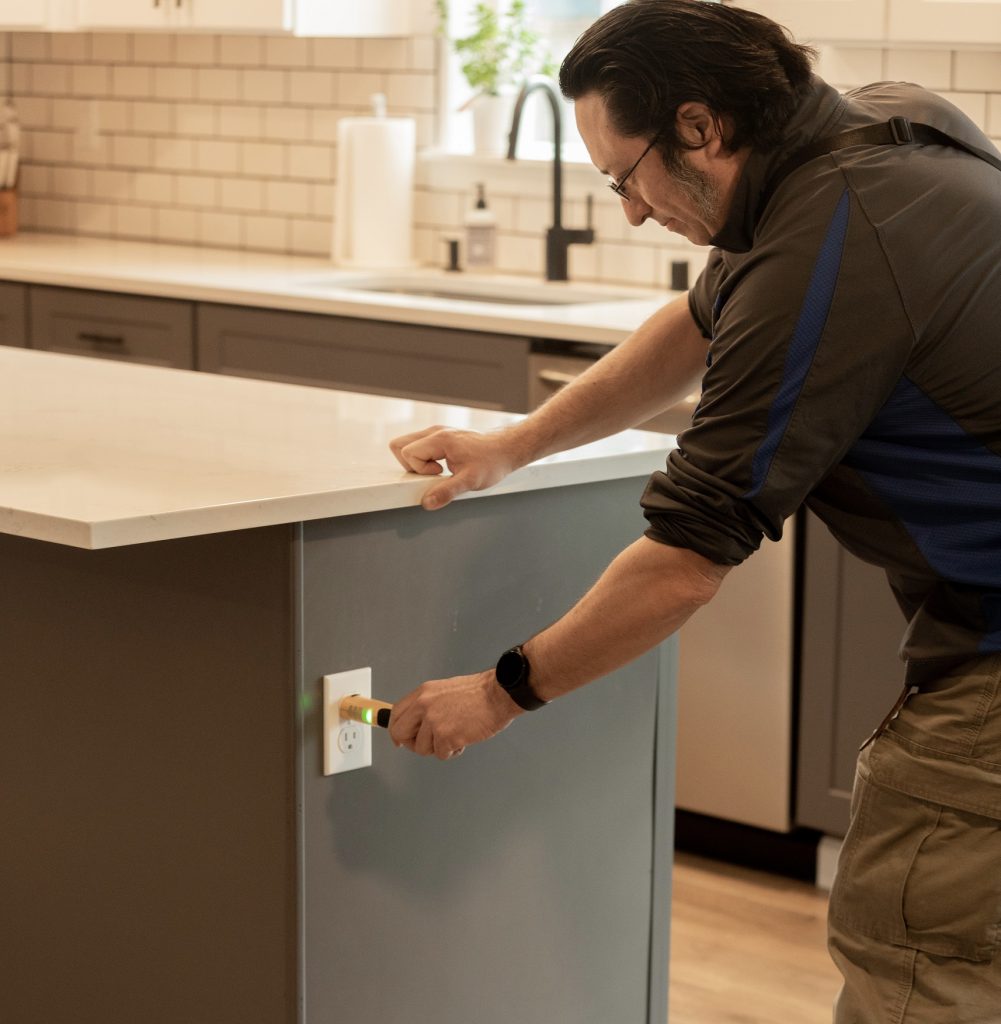Daylight saving time means darker afternoons and get-togethers fill your calendar from now until New Year’s. You’ve got feasts to cook, gifts to order, cookies to burn off at the gym, recitals to attend and – on top of all that – pesky things like work, school and chores. But don’t let winterizing your house slip by the wayside. Even without scarily motivational terms like “bomb cyclone” and “atmospheric river,” our homes need a little cold weather TLC every year. Dwayne Boggs, President and CEO of Boggs Inspection Services, has some helpful tips and tricks that’ll keep you warm and dry until the sun returns.

Boggs Inspection Services Knows Winter Prep Saves Money and Prevents Damage to Your Home
Boggs says that neglecting to prep for winter can result in roof damage, water intrusion, frozen pipes and HVAC system failure. He recommends starting with the following:
- Gutters: Clean gutters to prevent ice dams, which can cause roof leaks and water damage.
- Roof Inspection: Check for missing shingles, damaged flashing or cracks that could lead to leaks under heavy snow or rain.
- HVAC Maintenance: Service heating systems to ensure efficiency and prevent breakdowns during freezing temperatures.
- Insulation: Inspect attic and wall insulation to minimize heat loss and avoid higher heating bills.
- Plumbing: Insulate exposed pipes to prevent freezing and bursting.
The Boggs team has completed nearly 20,000 inspections across their 20-year history. They’ve seen it all in both commercial and residential settings and love to share this experience with local families and business owners.

Indoors and Out, Give Your Home Some Pre-Winter TLC
Beyond snow-related issues like falling branches, cracked driveways or sidewalks, and ice dams on the roof, Boggs recommends that families troubleshoot several indoor areas as well. He suggests making sure windows and doors are properly sealed to keep out cold drafts. Soggy weather means high humidity, which can trigger mold and mildew. Consider a dehumidifier to dry out places like the primary bathroom. Just don’t put it too close to the shower or tu,b and make sure it’s unplugged during bathtime for the kiddos.
If you put up holiday decorations indoors, avoid overloaded electrical circuits. Plugging too much into one outlet is a fire hazard and never plug one power strip into another. This ‘daisy-chain’ violates safety codes and can short out appliances, trip breakers or spark. If the strip feels warm to the touch, unplug it right away.
When decorating outside, make sure your extension cord is rated properly and isn’t damaged from prolonged weather exposure, stresses Boggs. Compromised cords can also cause shorts, sparking and tripped circuits.

We Can’t Stop the Rain, but We Can Keep Our Home Safe, Warm and Dry
In the Pacific Northwest, a white Christmas is never guaranteed. But we are prone to wind and rain, so always keep an eye on your gutters and roof. “Clogged gutters from leaf build-up can cause water overflow, leading to leaks in walls or ceilings,” says Boggs. “Fallen branches can damage roofs, which might let water seep indoors, and debris in the gutter can freeze again, forming ice dams which force water under shingles and into the attic or walls.”
Once those gutters are clean, consider tackling indoor/outdoor access points next. “Dust and allergens from summer linger in the air ducts,” says Boggs. “Uncleaned ducts reduce air quality. Also, seal gaps because even small cracks allow rodents and pests to enter for warmth.”
Boggs and his team perform inspections all year round. They’re happy to help if you’re buying or selling a property or just looking for an updated honey-do list of repairs that need tackling. However, wintertime inspections add extra steps because “snow can make it difficult to see the roof, foundation, and exterior surfaces,” he explains. “Snow can also make it hard to inspect windows and pipes, which can freeze and become difficult to open and close; make it hard to evaluate the grading around the foundation, which is important for directing water away from the foundation; and it can be hard to inspect wood surfaces for termite or carpenter ant damage because water can seep into the wood and turn to ice.”
But inspecting homes in the winter is helpful because it’s a great time to assess your property’s heating system, insulation and roof integrity.
When you’re ready to tackle some wintertime prep, schedule a free quote with the Boggs Inspection Services team. They’ll walk you through options and explain their findings in a detailed report. There’s even a sample report to familiarize yourself with what to expect. If repairs need to be done, check out their list of recommended contractors who can save you the hard work.
Winter is busy enough, let the Boggs team help out so you’re free to finish baking cookies and wrapping gifts.
Sponsored



































